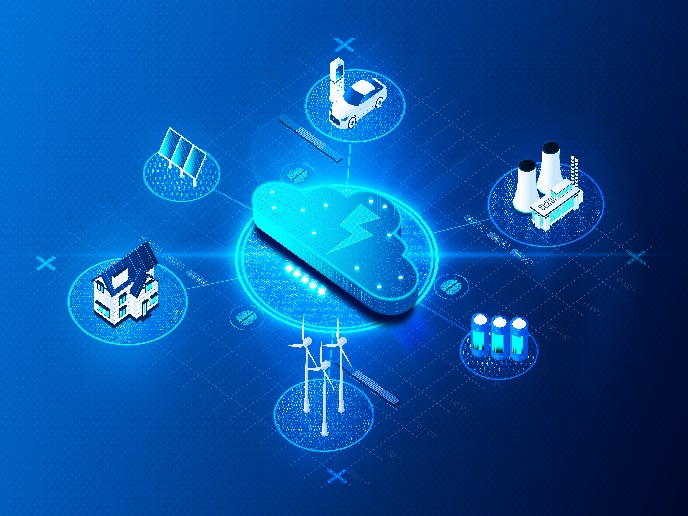Training the next generation of wind turbine designers
Wind power is rapidly growing. This green energy source promises to alleviate many of the challenges associated with burning fossil fuels, though it faces significant challenges. One of these challenges revolves around future power system stability. As wind-powered energy networks expand, complexity increases, and more sophisticated modelling and control technologies are needed to make the overall system resilient – especially as the wind generation technology itself advances and regulations shift. Yet the industry still lacks the high-calibre researchers necessary to solve such problems. The EU-funded WinGrid project, undertaken with the support of the Marie Skłodowska-Curie Actions programme, aimed to bolster our future wind power systems through the rigorous training of wind industry researchers. The project involved academics, industrialists and consultants from across Europe training early-stage researchers (ESRs) in the hardware and software at the heart of the wind industry. It also taught them about industry-specific challenges – both current and anticipated – and introduced supervisory elements to help manage the transition to this energy source. “Power systems are rapidly transitioning from being dominated by fossil fuels, nuclear and hydro to incorporating the green but intermittent sources of wind and solar energy. This shift necessitates an equally swift evolution in the operation and control of these renewable dominated systems,” explains Xiaowei Zhao, professor of Control Engineering at the University of Warwick and WinGrid project coordinator.
Ensuring wind can sustain future power systems
The project investigated the ability of wind turbines to provide fast system services at scale across a power system. “It was important for the ESRs to understand not only the operational and planning aspects of modern power systems but also the reasons behind the varying approaches adopted by different countries,” adds Zhao. The WinGrid team held seminars for system operators within and outside Europe. They also invited wind turbine manufacturers, wind farm owners, consulting companies and innovation organisations to seminars to help them understand all industry perspectives. “The project has successfully forged valuable partnerships with key industry partners,” Zhao notes.
Training ESRs and spreading new knowledge
The project successfully trained their ESRs, who carried out extensive dissemination and exploitation activities (available online) and generated a large number of publications. Training sessions were recorded and shared on the project’s YouTube channel, which has over 200 subscribers and has registered almost 10 000 views from over 100 countries.
Identifying and improving the fundamentals of wind power
Among other results, the project successfully carried out the following: identified some of the root causes of the dynamic interactions within and between wind farms; developed an AI-based optimal control strategy for power maximisation; and devised technical solutions to maximise wind turbine potential, as well as advanced modelling and control methods for synchronverters. New control methods were created to improve frequency responses, while new wind turbine designs such as hydrostatic wind turbines demonstrated great potential. The project found ways to run wind power systems more efficiently and stably. Several tests were run in laboratories in Denmark, Germany, Israel, Italy and the United Kingdom. “By demonstrating the ability of wind turbines to reliably provide system services beyond just energy generation, we have helped pave the way for a smooth transition to green energy-dominated systems, reducing the need for fossil-fired generation for system security and stability,” says Zhao.
Keywords
WinGrid, wind, energy, power, grid, complexity, future power systems, training, ESR, turbine, designs







